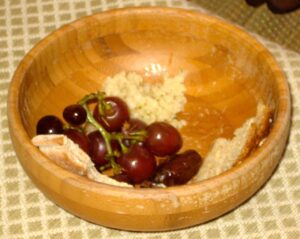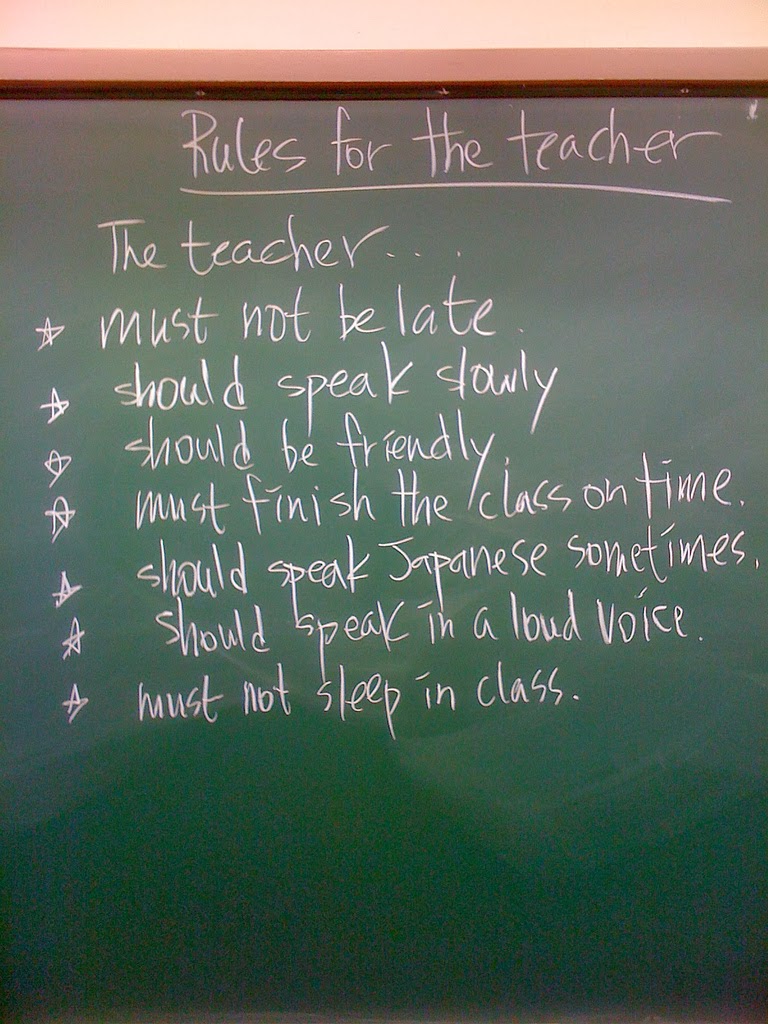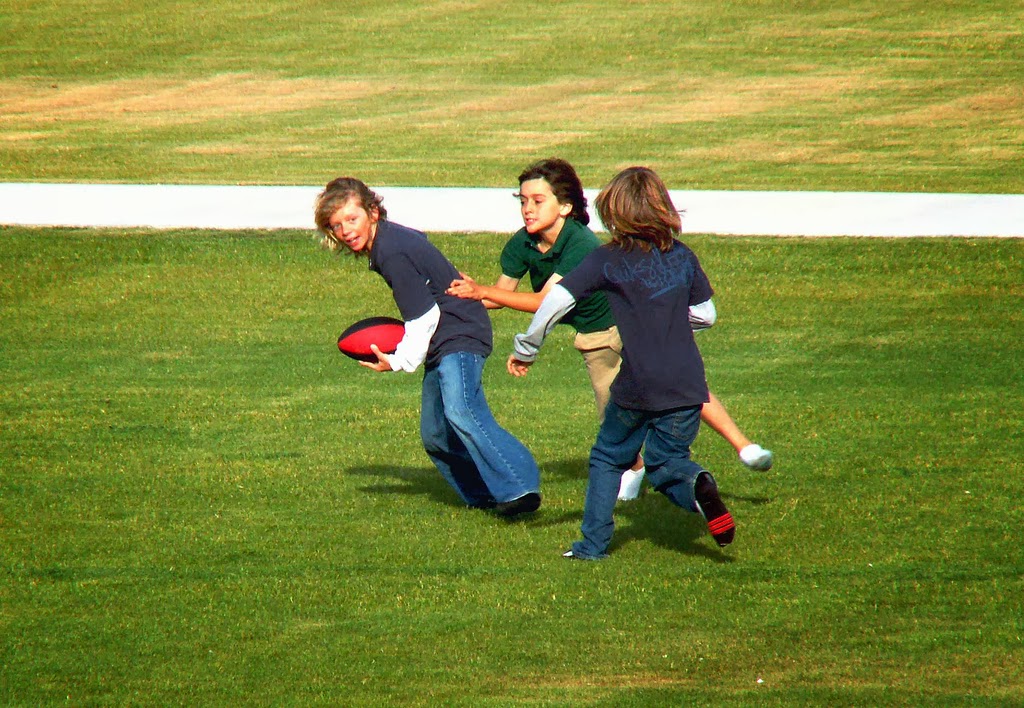 Have you looked around and noticed most of your students look like they are falling asleep? It’s easy to assume it’s the material, the teacher or even too little sleep the night before. Often it’s something even more basic – low blood sugar.
Have you looked around and noticed most of your students look like they are falling asleep? It’s easy to assume it’s the material, the teacher or even too little sleep the night before. Often it’s something even more basic – low blood sugar.
When kids and teens eat breakfast, the food is converted into energy for their bodies and their brains. That’s why educators are so emphatic kids have breakfast before high stakes testing. They know a child with low blood sugar will be tired, sluggish and not able to think or learn. If the child hasn’t eaten since dinner the night before or lunch yesterday at school, the blood sugar may even be so low the child is in danger of fainting.
A simple snack can totally change the dynamic in your class. If you decide to experiment with providing a snack for your students, there are some important things to keep in mind:
- Make sure you are aware of any allergies the students may have. The last thing you want is a child becoming ill or worse from your snack.
- Avoid candy, cookies and other high sugar snacks. For some unknown reason, these are often the go-to snack for children and teens. They also will annoy many parents who are trying to avoid high sugar diets for their children. Snacks high in refined sugar may cause a quick spike in energy, but they will also create a steep drop shortly after the spike. They can also leave kids feeling a little “off”.
- Avoid snacks with a lot of artificial ingredients, especially dyes and additives. Some children are placed on diets restricting these ingredients to help them with various disabilities and sensitivities. Although the link is still a little tenuous, some doctors believe they can make it more difficult for some children to behave.
- Try to find snacks with complex carbohydrates (but beware of gluten issues with some children). Complex carbs will provide a more gradual rise in blood sugar and will last over a longer period of time. If your students are living where food in the home is scarce, this type of snack may also provide needed nutrients and calories.
- Don’t overfeed your students. Be sensitive to the timing of your class. Although you want to feed hungry children, you don’t want them so full they will not eat their next nutritious meal. Keep portions small unless there are special circumstances.
- Whenever possible tie the snack to the Bible story. People in Bible times actually ate a very healthy diet. No processed foods, lots of whole grains, fruits and vegetables. Bring some
“Bible” foods for your students to try.
Have fun with it, but help your students be healthy, too. You might fine your students are much more awake and participate more than you ever thought possible.




